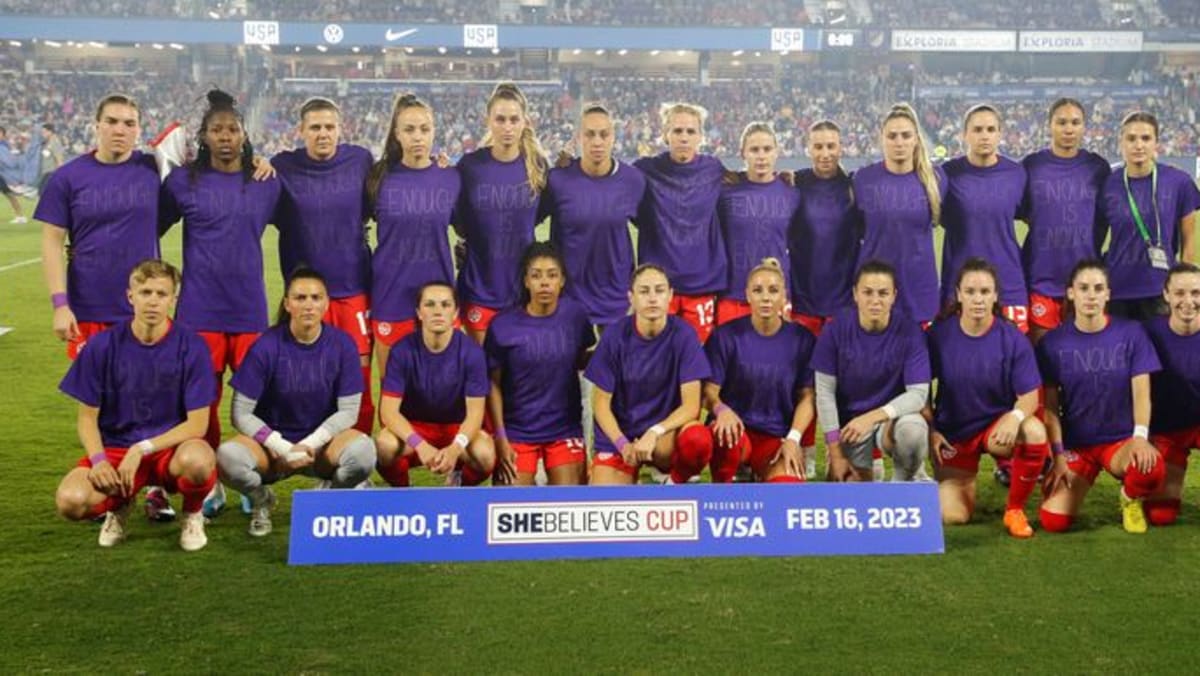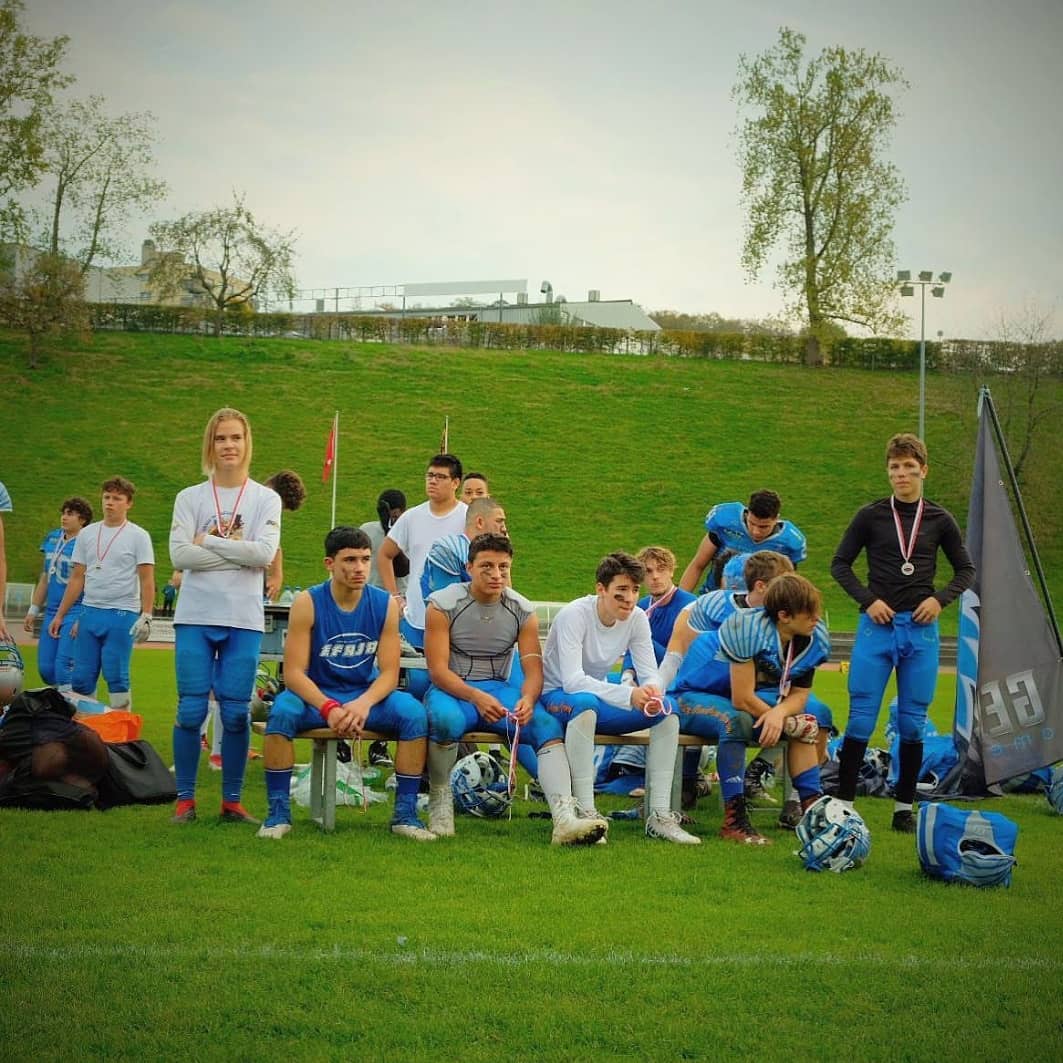By Felix Vogel and Teymour Younes, Y12
The most important component of football is the players on the team. These players come from four scenarios. They either come from the clubs academy and have risen through the ranks from a young age, as a free agent, on loan, or on a paying transfer. Loans and paying transfers can only be completed during certain periods of time: two months during the summer and a month during winter. They are called the winter and summer transfer market and are crucial to a team’s success economically and on the pitch. The money spent by teams in the market have had an exorbitant increase, supported by an increase in ticket, shirt, and TV right prices. The brute spend of the Premier League over the last 5 seasons has been a whopping six billion three hundred and sixty three million British pounds.
This year the transfer market has been greatly affected by the COVID-19 pandemic. Due to quarantine and cancellation of sports, football teams have not been able to bring in any sorts of revenue, while still having to pay the wages for players, coaching staff, etc. This put a lot of strain on a lot of teams and even caused some lower league teams to go bankrupt. It also meant that teams were unable to come up with the millions of pounds that they would usually have been able to use to sign new players. The break in the season caused by COVID-19 also meant that footballing season finished much later than usual which pushed back the transfer window. Despite all of this transfer deadline day still offered the entertainment and drama that it usually does.
The day the transfer market closes is nicknamed deadline day and it is known to be quite exhilarating for fans, but stressful for teams and players. Deadline day transfers can often be rushed and usually happen due to desperate clubs needing to strengthen their squads in order to be able to compete at the highest level. This desperation often leads to clubs overpaying for players, buying players that don’t fit in with the team’s style of play, or even players that are simply not good enough. An example of this is Chelsea’s 2011 singing of Spanish striker Fernando Torres. With a transfer fee of 50 million pounds, Torres was expected to have a big impact on the team, but as it turned out during his stay in London, he only scored 45 goals in 172 appearances. A very poor return for a striker and for the amount paid by the club. Simply put, Chelsea overpaid for a player that was just not good enough.
The following are a list of the biggest transfers to have happened this deadline day:
- Thomas Partey
Atletico Madrid to Arsenal
Estimated fee: 50 million pounds
- Edinson Cavani
PSG to Manchester United
Free transfer
- Alex Telles
Porto to Manchester United
Estimated fee: 15.4 million pounds
- Federico Chiesa
Fiorentina to Juventus
Estimated fee: 50 million pounds
- Ben Godfrey
Norwich to Everton
Estimated fee: 30 million pounds
- Raphinha
Rennes to Leeds United
Estimated fee: 7 million pounds
The sport of football revolves around the money being spent during these transfer windows. Rumours, debates and questionable decisions fill the air which makes it very appealing to football fans. Deadline days are notorious for being action packed and really show the true face of the sport, that everyone knows and loves.



